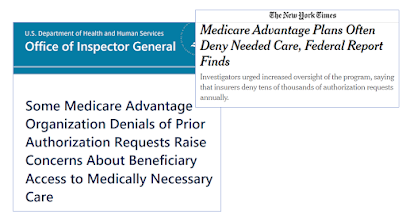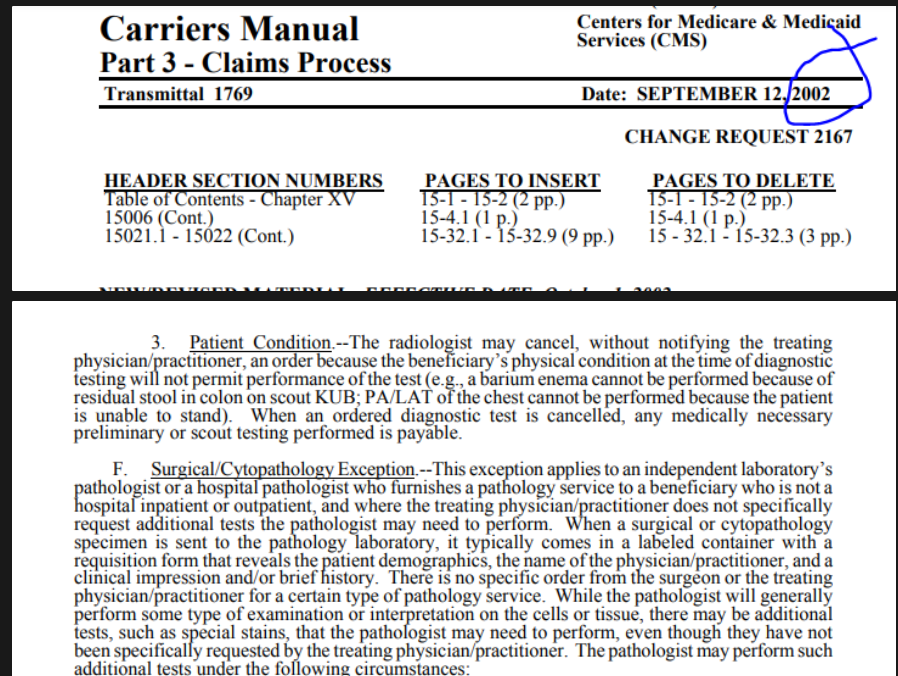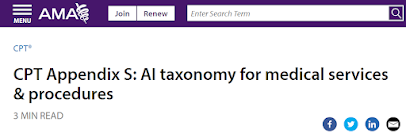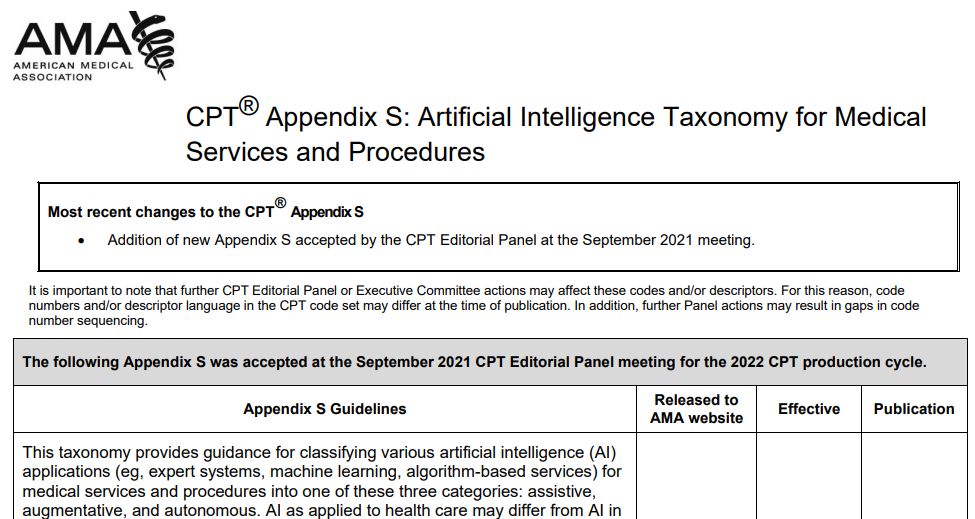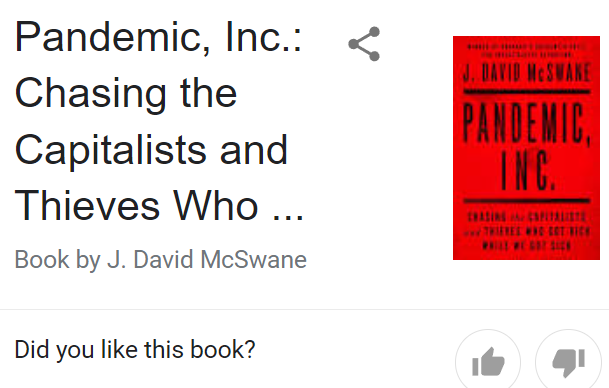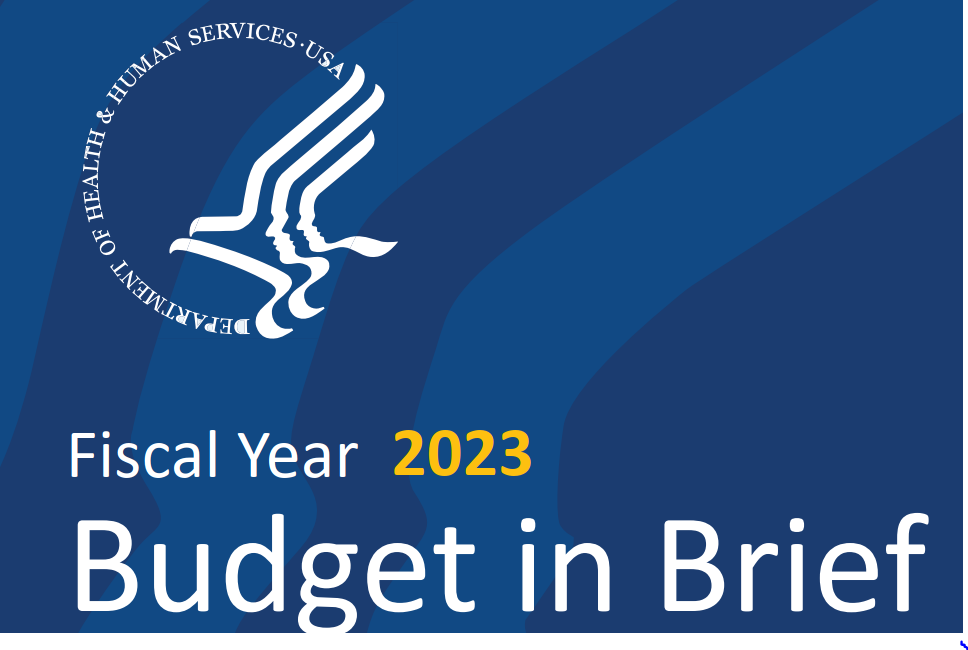Decision Summary
A. The Centers for Medicare & Medicaid Services (CMS) covers Food and Drug Administration (FDA) approved monoclonal antibodies directed against amyloid for the treatment of Alzheimer’s disease (AD) when furnished in accordance with Section B (Coverage Criteria) under coverage with evidence development (CED) for patients who have:
• A clinical diagnosis of mild cognitive impairment (MCI) due to AD or mild AD dementia, both with confirmed presence of amyloid beta pathology consistent with AD.
B. Coverage Criteria:
1) Monoclonal antibodies directed against amyloid that are approved by FDA for the treatment of AD based upon evidence of efficacy from a change in a surrogate endpoint (e.g., amyloid reduction) considered as reasonably likely to predict clinical benefit may be covered in a randomized controlled trial conducted under an investigational new drug (IND) application.
2) Monoclonal antibodies directed against amyloid that are approved by FDA for the treatment of AD based upon evidence of efficacy from a direct measure of clinical benefit may be covered in CMS approved prospective comparative studies. Study data for CMS approved prospective comparative studies may be collected in a registry.
3) For CMS-approved studies, the protocol, including the analysis plan, must include:
a A study population whose diversity of patients are representative of the national population with MCI due to AD or mild AD dementia.
b A neurocognitive evaluation and a description of the instruments used to assess cognition and function for the clinical diagnosis of MCI due to AD or mild AD dementia for study enrollment and outcomes assessment.
c A description of:
i The multidisciplinary dementia team and optimal medical management.
ii Study sites with clinical expertise and infrastructure to provide treatments consistent with the safety monitoring outlined in the FDA-approved label.
4) CMS-approved studies of a monoclonal antibody directed against amyloid (antiamyloid mAb) approved by FDA for the treatment of AD based upon evidence of efficacy from a direct measure of clinical benefit must address all of the questions below:
a Does the antiamyloid mAb meaningfully improve health outcomes (i.e., slow the decline of cognition and function) for patients in broad community practice?
b Do benefits, and harms such as brain hemorrhage and edema, associated with use of the antiamyloid mAb, depend on characteristics of patients, treating clinicians, and settings?
c How do the benefits and harms change over time?
5) CMS-approved studies must adhere to the following standards of scientific integrity that have been identified by the Agency for Healthcare Research and Quality:
a The principal purpose of the study is to test whether the item or service meaningfully improves health outcomes of affected beneficiaries who are represented by the enrolled subjects.
b The rationale for the study is well supported by available scientific and medical evidence.
c The study results are not anticipated to unjustifiably duplicate existing knowledge.
d The study design is methodologically appropriate and the anticipated number of enrolled subjects is sufficient to answer the research question(s) being asked in the National Coverage Determination.
e The study is sponsored by an organization or individual capable of completing it successfully.
f The research study is in compliance with all applicable Federal regulations concerning the protection of human subjects found in the Code of Federal Regulations (CFR) at 45 CFR Part 46. If a study is regulated by the Food and Drug Administration (FDA), it is also in compliance with 21 CFR Parts 50 and 56. In addition, to further enhance the protection of human subjects in studies conducted under CED, the study must provide and obtain meaningful informed consent from patients regarding the risks associated with the study items and/or services, and the use and eventual disposition of the collected data.
g All aspects of the study are conducted according to appropriate standards of scientific integrity.
h The study has a written protocol that clearly demonstrates adherence to the standards listed here as Medicare requirements.
i The study is not designed to exclusively test toxicity or disease pathophysiology in healthy individuals. Such studies may meet this requirement only if the disease or condition being studied is life threatening as defined in 21 CFR §312.81(a) and the patient has no other viable treatment options.
j The clinical research studies and registries are registered on the www.ClinicalTrials.gov website by the principal sponsor/investigator prior to the enrollment of the first study subject. Registries are also registered in the Agency for Healthcare Research and Quality (AHRQ) Registry of Patient Registries (RoPR).
k The research study protocol specifies the method and timing of public release of all prespecified outcomes to be measured including release of outcomes if outcomes are negative or study is terminated early. The results must be made public within 12 months of the study’s primary completion date, which is the date the final subject had final data collection for the primary endpoint, even if the trial does not achieve its primary aim. The results must include number started/completed, summary results for primary and secondary outcome measures, statistical analyses, and adverse events. Final results must be reported in a publicly accessible manner; either in a peer-reviewed scientific journal (in print or on-line), in an on-line publicly accessible registry dedicated to the dissemination of clinical trial information such as ClinicalTrials.gov, or in journals willing to publish in abbreviated format (e.g., for studies with negative or incomplete results).
l The study protocol must explicitly discuss beneficiary subpopulations affected by the item or service under investigation, particularly traditionally underrepresented groups in clinical studies, how the inclusion and exclusion criteria effect enrollment of these populations, and a plan for the retention and reporting of said populations in the trial. If the inclusion and exclusion criteria are expected to have a negative effect on the recruitment or retention of underrepresented populations, the protocol must discuss why these criteria are necessary.
m The study protocol explicitly discusses how the results are or are not expected to be generalizable to affected beneficiary subpopulations. Separate discussions in the protocol may be necessary for populations eligible for Medicare due to age, disability or Medicaid eligibility. The principal investigator must submit the complete trial protocol, cite where the detailed analysis plan for the CMS CED questions occurs in the protocol, and provide a statement addressing how the study satisfies each of the standards of scientific integrity (a. through m. listed above), as well as the investigator’s contact information, to the email address below. The information will be reviewed, and approved trials will be identified on the CMS website.
Email address for protocol submissions: clinicalstudynotification@cms.hhs.gov Opens in a new window Email subject line: "CED Monoclonal Antibodies for the Treatment of Alzheimer’s Disease [name of sponsor/primary investigator]"
C. Monoclonal antibodies directed against amyloid indicated for the treatment of AD are covered when furnished according to the FDA approved indication in National Institutes of Health (NIH)-supported trials.
D. For any CMS approved study, or NIH-supported trial, that includes a beta amyloid positron emission tomography (PET) scan as part of the protocol, it has been determined that these trials or studies also meet the CED requirements included in the Beta Amyloid Positron Emission Tomography in Dementia and Neurodegenerative Disease NCD (220.6.20).
E. Monoclonal antibodies directed against amyloid for the treatment of AD provided outside of a FDA approved randomized controlled trial, CMS approved studies, or studies supported by the NIH, are nationally non-covered.
Consistent with section 1142 of the Act, AHRQ supports Medicare coverage of FDA trials in Section B.1, NIH trials, and CMS-approved studies that meet all the standards identified above, and address the above-listed research questions.
See Appendix B for the suggested manual language for the National Coverage Determination..
